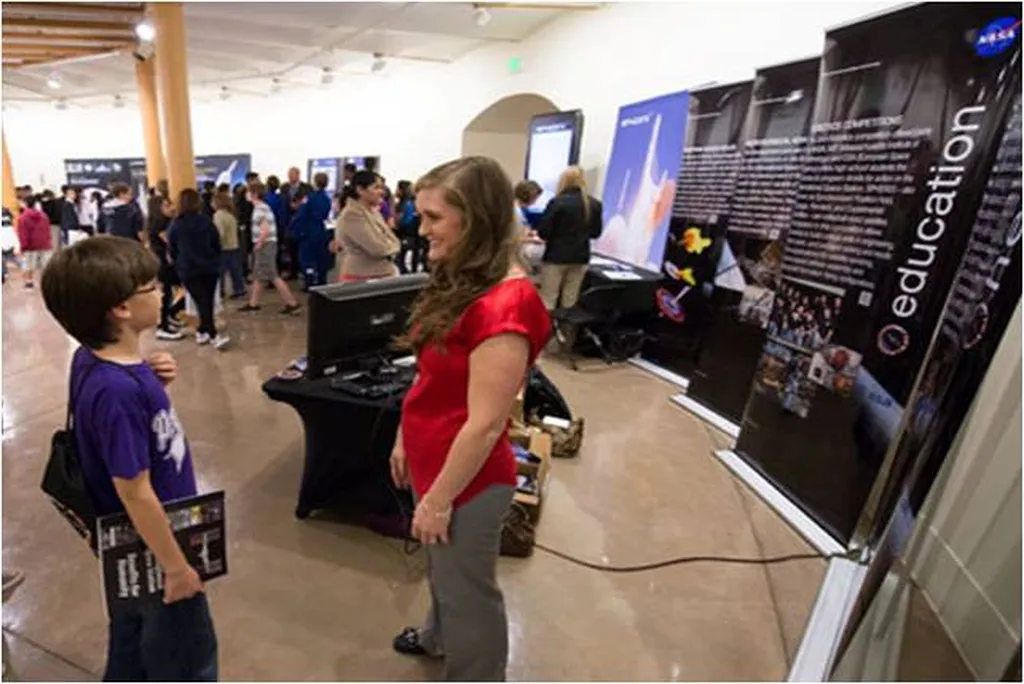In the heart of Denver, Colorado, a team of researchers led by Dr. Benjamin Zink from the University of Denver’s Department of Physics and Astronomy is pushing the boundaries of what we know about magnetic thin films and nanostructures. Their work, recently published in the journal “Science, Technology and Advanced Materials” (which translates to “Science and Technology of Advanced Materials”), is not just about understanding the fundamentals of these materials but also about harnessing their potential for practical applications, particularly in the energy sector.
Magnetic thin films and nanostructures are at the forefront of modern technology, playing crucial roles in data storage, sensors, and even energy harvesting. However, measuring and controlling these tiny structures has been a significant challenge due to their sensitivity to heat and their small size. Traditional measurement techniques often fall short, as they can’t isolate the thin films from the bulk material, leading to inaccurate readings.
Dr. Zink and his team have developed a novel approach using micro- and nanofabricated silicon-nitride membrane platforms. These platforms act like tiny, suspended stages, supporting the thin film or nanostructure and removing bulk heat sinks. This isolation enables a range of measurements that were previously challenging or even impossible.
“By suspending the thin film, we can create a controlled thermal environment,” explains Dr. Zink. “This allows us to measure properties like thermal conductivity, the Seebeck coefficient, and even novel manifestations of thermally assisted spin transport with unprecedented accuracy.”
The Seebeck coefficient, for instance, is a critical parameter in thermoelectric materials, which can convert heat directly into electricity. Understanding and controlling this property can lead to more efficient energy harvesting devices, a boon for the energy sector. Similarly, measuring thermal conductivity can help in designing better insulation materials, reducing energy loss in various applications.
The team’s work also sheds light on the Peltier effect, which is the reverse of the Seebeck effect, and the Nernst effect, which generates a voltage perpendicular to the applied thermal gradient. These effects are crucial for developing advanced cooling technologies, which are essential for many industrial processes and electronic devices.
The implications of this research are vast. As Dr. Zink puts it, “Our work is not just about measuring these properties; it’s about understanding how to control them. This understanding can lead to the development of new materials and devices with tailored properties for specific applications.”
The energy sector, in particular, stands to gain significantly from these advancements. More efficient energy harvesting and cooling technologies can lead to substantial energy savings and reduced carbon emissions. Moreover, the ability to measure and control these properties at the nanoscale can pave the way for the development of novel energy storage devices and more efficient power generation systems.
As we look to the future, the work of Dr. Zink and his team serves as a reminder of the power of fundamental research. By pushing the boundaries of what we know, we can unlock new possibilities and drive innovation in ways we can’t yet imagine. Their research, published in “Science, Technology and Advanced Materials”, is a testament to this spirit of exploration and discovery, offering a glimpse into a future shaped by our understanding of the tiny world of magnetic thin films and nanostructures.

